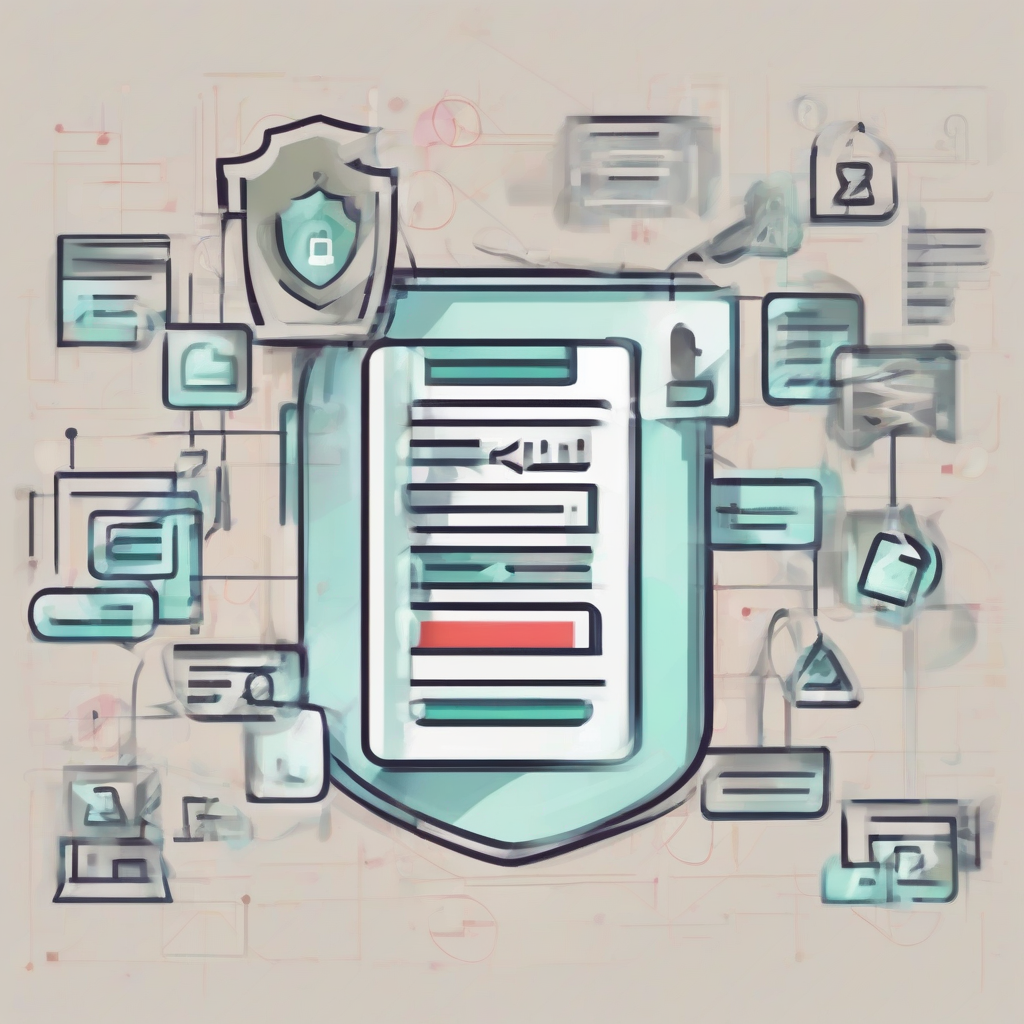A Comprehensive Guide to Information Security Services: Protecting Your Digital Assets
In today’s digital landscape, information security is paramount. The increasing reliance on technology across all sectors makes robust security measures not just desirable, but essential for survival. This comprehensive guide explores the multifaceted world of information security services, detailing the key components, strategies, and considerations for effective protection.
Understanding the Scope of Information Security Services
Information security services encompass a broad range of activities designed to protect an organization’s digital assets from unauthorized access, use, disclosure, disruption, modification, or destruction. These services are crucial for maintaining confidentiality, integrity, and availability (CIA triad) – the fundamental pillars of information security.
- Confidentiality: Ensuring that sensitive information is accessible only to authorized individuals or systems.
- Integrity: Guaranteeing the accuracy and completeness of information and preventing unauthorized modification.
- Availability: Ensuring that authorized users have timely and reliable access to information and resources when needed.
Key Categories of Information Security Services
Information security services can be categorized into several key areas, each addressing specific aspects of digital security:
1. Risk Management and Assessment
- Risk Identification: Identifying potential threats and vulnerabilities within an organization’s systems and processes.
- Risk Analysis: Evaluating the likelihood and impact of identified risks.
- Risk Mitigation: Developing and implementing strategies to reduce or eliminate identified risks.
- Vulnerability Assessment: Regularly scanning systems for known vulnerabilities and weaknesses.
- Penetration Testing: Simulating real-world attacks to identify security weaknesses.
2. Security Awareness Training
Educating employees about security threats and best practices is crucial for building a strong security culture. This includes:
- Phishing Awareness Training: Educating users on identifying and avoiding phishing scams.
- Password Security Training: Promoting the use of strong, unique passwords and password management tools.
- Social Engineering Awareness: Raising awareness of social engineering tactics used by attackers.
- Data Security Training: Emphasizing the importance of protecting sensitive data.
3. Data Security and Protection
Protecting sensitive data is paramount. This involves:
- Data Loss Prevention (DLP): Implementing measures to prevent sensitive data from leaving the organization’s control.
- Data Encryption: Protecting data by converting it into an unreadable format.
- Access Control: Limiting access to sensitive data based on the principle of least privilege.
- Data Backup and Recovery: Regularly backing up data and having a plan for restoring it in case of data loss.
- Data Masking and Anonymization: Protecting sensitive data by replacing it with substitute values.
4. Network Security
Securing an organization’s network infrastructure is critical. This involves:
- Firewall Management: Configuring and maintaining firewalls to control network traffic.
- Intrusion Detection and Prevention Systems (IDS/IPS): Monitoring network traffic for malicious activity and automatically blocking threats.
- Virtual Private Networks (VPNs): Creating secure connections between remote users and the organization’s network.
- Network Segmentation: Dividing the network into smaller, isolated segments to limit the impact of security breaches.
- Wireless Security: Implementing strong security measures for wireless networks.
5. Endpoint Security
Protecting individual devices (endpoints) such as computers, laptops, and mobile devices is essential. This involves:
- Antivirus and Antimalware Software: Protecting endpoints from malware infections.
- Endpoint Detection and Response (EDR): Monitoring endpoints for malicious activity and responding to threats.
- Mobile Device Management (MDM): Managing and securing mobile devices.
- Disk Encryption: Protecting data stored on endpoints by encrypting the hard drive.
- Patch Management: Regularly updating software to address known vulnerabilities.
6. Identity and Access Management (IAM)
IAM focuses on managing user identities and controlling access to resources. This involves:
- Authentication: Verifying the identity of users.
- Authorization: Determining what resources users are allowed to access.
- Single Sign-On (SSO): Allowing users to access multiple applications with a single set of credentials.
- Multi-Factor Authentication (MFA): Requiring multiple forms of authentication to verify user identity.
- Privilege Management: Managing user privileges and access rights.
7. Security Information and Event Management (SIEM)
SIEM systems collect and analyze security logs from various sources to detect and respond to security incidents. This involves:
- Log Management: Collecting and storing security logs from various systems.
- Security Monitoring: Analyzing security logs for suspicious activity.
- Incident Response: Responding to security incidents.
- Compliance Reporting: Generating reports to demonstrate compliance with security regulations.
- Threat Intelligence: Integrating threat intelligence feeds to enhance security monitoring.
8. Cloud Security
With the increasing adoption of cloud computing, securing cloud environments is critical. This involves:
- Cloud Access Security Broker (CASB): Managing and securing access to cloud applications and data.
- Cloud Security Posture Management (CSPM): Assessing and managing the security of cloud environments.
- Cloud Workload Protection Platforms (CWPP): Protecting workloads running in the cloud.
- Serverless Security: Securing serverless computing environments.
- Cloud Data Loss Prevention (DLP): Preventing data loss in cloud environments.
9. Compliance and Governance
Organizations must comply with various security regulations and standards. This involves:
- Data Privacy Regulations: Complying with regulations such as GDPR, CCPA, and HIPAA.
- Industry Standards: Adhering to standards such as ISO 27001 and NIST Cybersecurity Framework.
- Auditing and Compliance Reporting: Regularly auditing security controls and generating compliance reports.
- Policy Development and Enforcement: Developing and enforcing security policies and procedures.
- Legal and Regulatory Compliance: Ensuring compliance with all relevant laws and regulations.
10. Incident Response and Recovery
Having a plan for responding to and recovering from security incidents is critical. This involves:
- Incident Detection: Identifying security incidents as quickly as possible.
- Containment: Limiting the impact of security incidents.
- Eradication: Removing the root cause of security incidents.
- Recovery: Restoring systems and data to their normal operational state.
- Post-Incident Activity: Analyzing security incidents to prevent future occurrences.
Implementing effective information security services requires a holistic approach that considers all aspects of an organization’s digital environment. A layered security strategy, combining multiple security controls, is essential to mitigate risks and protect against a wide range of threats. Regular review, adaptation, and improvement of security measures are crucial in the face of ever-evolving cyber threats.
